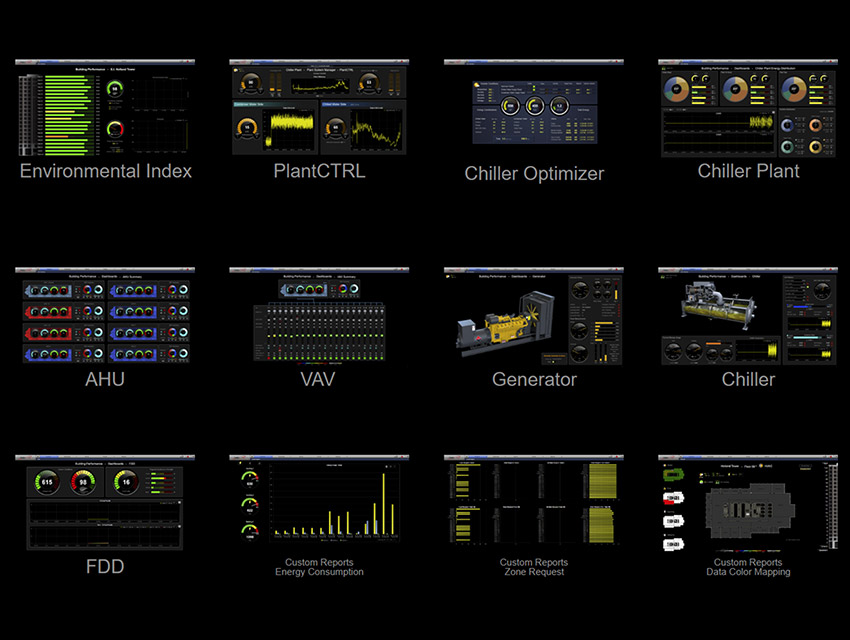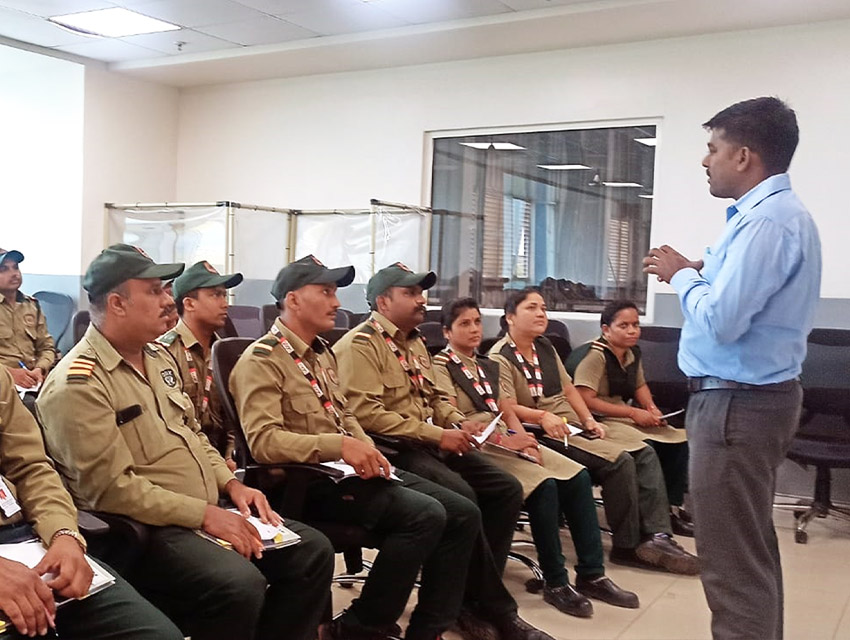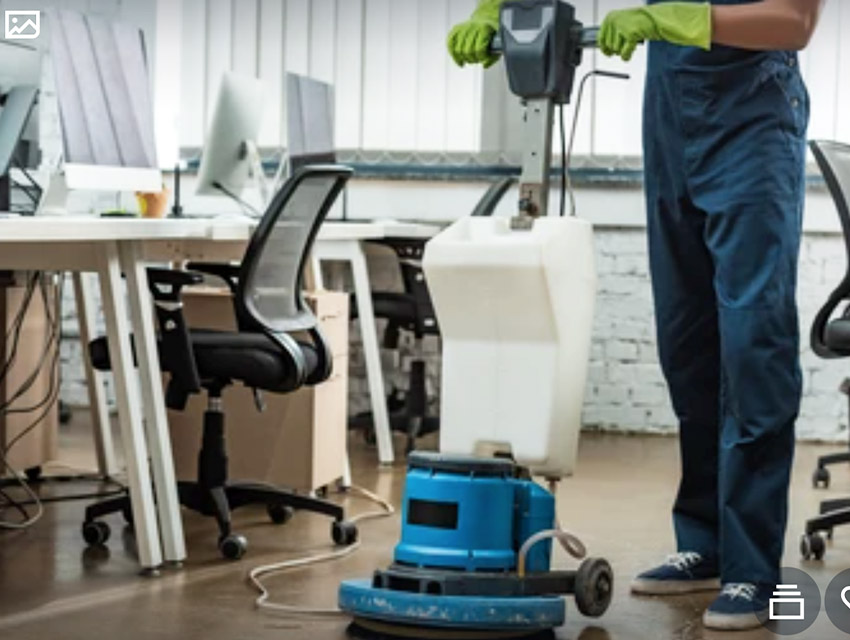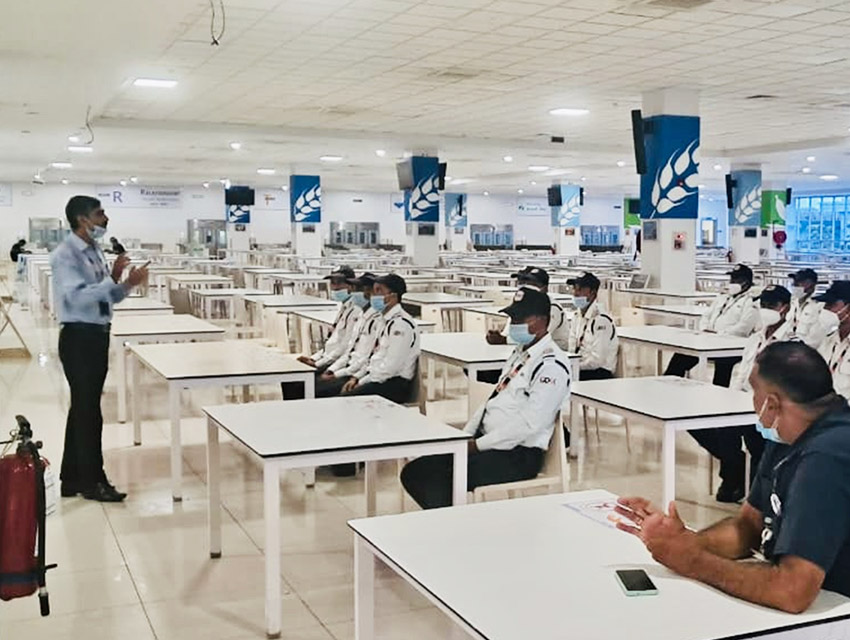HOW DOES FACILITY MANAGEMENT LEAD TO COST REDUCTION
Integrating more modern technologies into a building’s facilities management procedures is a wise investment. In the long term, it can facilitate everyday tasks, guarantee accountability and effectiveness at work, and, of course, drastically lower total expenses.
PREVENTATIVE MAINTENANCE: Numerous teams frequently go for reactive maintenance, which entails attending to machinery or any other component only after it has degraded. In the long term, this could end up costing businesses more because faulty parts will need to be completely replaced. Continued use of such equipment might put workers’ safety at risk, use up resources needlessly, or even expose your company to fines. Planned preventative maintenance is vastly safer, more effective, and more cost-effective in comparison.
AUTOMATION OF TASKS: Today’s facility management comes with a wide range of automation choices. This is advantageous because it is frequently not economical to complete certain mundane jobs manually. Additionally, facilities managers are expected to handle a variety of aspects of their company, making it difficult to maintain a manual record of these duties. Thankfully, a lot of time-consuming jobs can be quickly and easily automated with reliable facility management software. Adoption of VMS, or visitor management systems, in various residential or commercial areas, is a new trend. This software eliminates the manual usage of pen and paper registers and creates an electronic database to track visitors.
IMPROVING ENERGY EFFICIENCY: The best place to start cost-cutting in any building is by controlling its energy usage. Usually, the first step in bringing about this transformation is implementing smart building principles. Correctly tracking equipment’s energy usage and creating a plan with cost-saving features may entail installing sensors on the device. Adopting energy-efficient light bulbs whenever possible and controlling HVAC systems by occupancy are additional exterior adjustments that buildings can implement.
IMPROVING WORKPLACE CONDITIONS FOR EMPLOYEES: Making facilities conducive for employees is another major objective of facility management. This can include maintaining a comfortable internal temperature, guaranteeing cleanliness in public spaces like lounges and restrooms, and providing reliable electricity and Wi-Fi connections so they can operate without interruption. Integrating the Internet of Things (IoT) into the office setting is a slightly different way that works environments might be improved.






